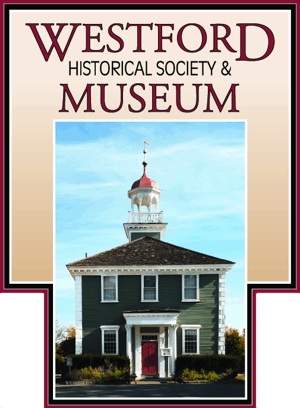Five school districts, each with its own schoolhouse, were established in 1787. Additional districts were created in 1806, 1822, and 1826. Westford Academy was incorporated in 1792, and a two-story, late Georgian-style Academy Hall was built in 1794 to the west of the common.
Eventually the District Schools were closed and students were gathered into centralized schools such as the Sargent School, the Frost School, the Forge Village School and eventually the Nab. school. In spite of all the deprivations, students learned their lessons and many continued their education at Westford Academy.
The Ten District Schoolhouses
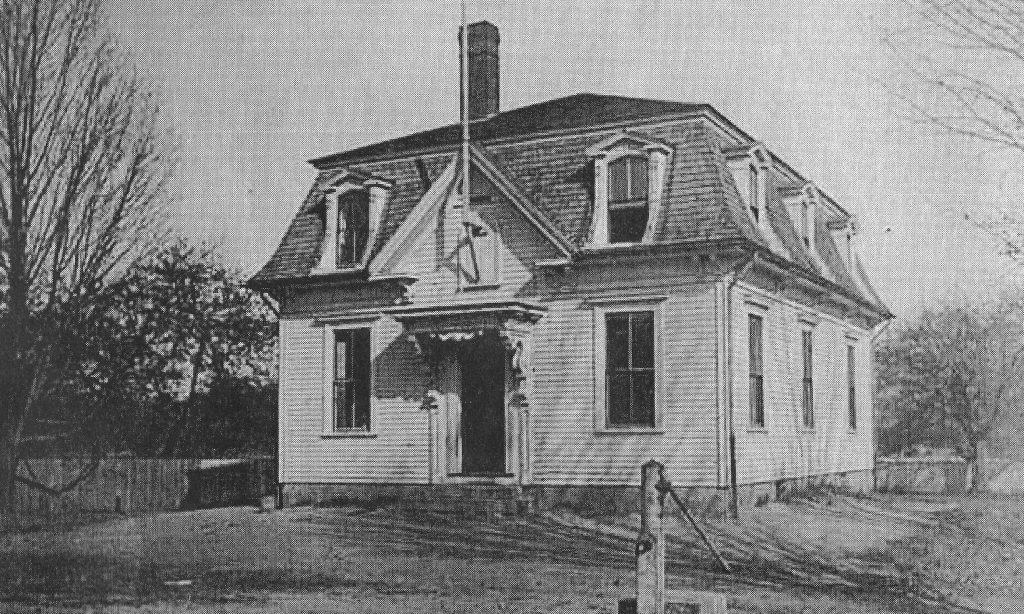
School House #1, also known as the Tadmuck School or the Center School, was built in 1874 as a two-room schoolhouse. It remained in use until the Frost School opened in 1908. In 1909, voters authorized the building to be sold at public auction, and it was purchased by the Spalding Light Cavalry, Troop F, MVM. In 1930, Troop F made a provisional gift of the building to the Tadmuck Women’s Club, which became a full gift by 1953. The Tadmuck Club used the building until 1983. After that, from 1983 to 1994, it served as the Westford Senior Center. In 1995, the Kusmins purchased the building from the town and remodeled it. The building is located at 20 Boston Road. (Day photo)
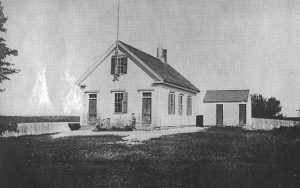
School House #2 at Stony Brook School was built in 1870 and served as a school until 1909. It replaced a brick school that had been constructed in 1822. In 1914, William Reuben and Elizabeth (Cushing) Taylor purchased the Stony Brook School and remodeled it for use as a home. The residence remains on Stony Brook Road today. (Day photo)
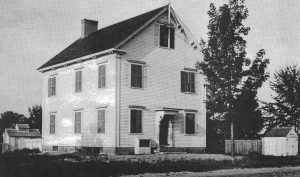
School House #3, also known as the Forge Village School or the Cameron School, was built in 1871 as a two-room schoolhouse. Before its construction, students attended school in a brick building from 1851 to 1871, located at the corner of Pleasant and Pine Streets. In 1908, voters were asked to approve funds for the addition of a new room to the Forge Village School. The Cameron School was one of the last to close its doors, finishing its operations in 1992. Today, it is home to the Cameron Senior Center. (Day photo)
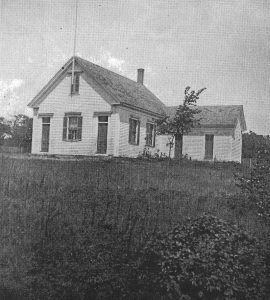
School House #4, known as the Nashoba School, was built in 1872 and served its purpose until 1906. In 1909, voters authorized the sale of the building at a public auction, and it was purchased by Thomas H. Elliott for $280 to be used as a residence. The school later became the home of Mr. and Mrs. Martin R. Griffin and is located at 1 Lane’s End (previously 140 Concord Road). (Day photo)

School House #5, known as the Parkerville School, is located at the corner of Carlisle and Concord Roads. Built in 1880, it served as a school until 1928. After that, families in Parker Village began using the building for their Nonset Club meetings. Today, thanks to the Friends of the Parkerville School, it has been revived as a place where students can spend a day experiencing life in a one-room schoolhouse.
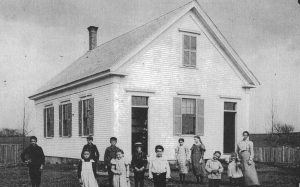
School House #6, also known as Minot’s Corner School, was built in 1873 and closed in 1908 when the Frost School opened. As early as 1897, voters were asked to approve a motion to close the school and send students to the Center School due to an average enrollment of only 12 pupils that year. In 1915, the building was sold for $500 and converted into a home at the Toy Turkey Farm. In 1985, it was moved to make way for the shopping center where Market Basket is now located. Its current location is at 2 Fieldstone Drive, and it is owned by the Kopsers. (Photo courtesy of Mrs. Helen Garrigan)
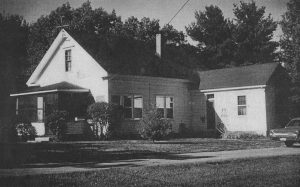
The Nabnasset School, also known as School House #7, was constructed in 1873 and served as a school until 1914. In April 1916, the schoolhouse was sold to George C. Moore of North Chelmsford and Brookside for $190, according to the Westford Wardsman. After its sale, the building was converted into a residence. Around 1960, the Talbots purchased the property from the Hadleys. The Nabnasset School is located at 73 Oak Hill Road. (The accompanying photo is from the Kennedy collection and was taken by John Sanders.)

Schoolhouse #8, known as the Long Sought For School, was originally located on Tenney Road and built in 1885. By 1897, the average enrollment was just 10.9 pupils, leading voters to consider closing the school in 1898 and transporting the students to the Wright School. In 1909, the town voted to sell the schoolhouse at a public auction. It was purchased by George Burke for $405. In 1941, the school was sold again, this time to Albert Picking, who moved it to his farm (now Meadow Brook Farm) on Gould Road. There, it was used as a blacksmith shop and later as a storage shed. Notable children’s names associated with this school include Blodgett, Burke, Dane, and Chandler. (Photo courtesy of June Kennedy from the J.V. Fletcher Library Collection.)
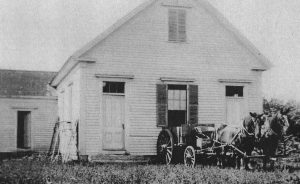
School House #9, also known as Wright or Lyon School, is located at 127 Groton Road. After this schoolhouse closed, students transferred to Sargent School. While it remained vacant, it was used by the Fortnightly Club. Eventually, the building was auctioned off and purchased by Horace and Edwin Gould, who remodeled it into a two-family residence. (Photo from the Kennedy collection)
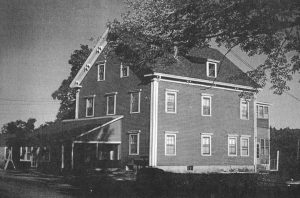
School House #10, known as Graniteville School, was built in 1870 as a four-room schoolhouse and is still located at 88 N. Main Street. After it closed in 1884, it was repurposed as the Sudak Market and today contains several apartments. Following the closure of Graniteville School, children attended the Cross School (also referred to as Sargent School). (Photo from the Kennedy collection, taken by John Sanders)
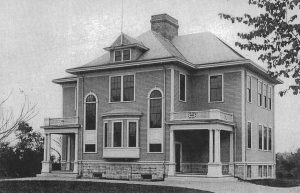
The Frost School was built in 1908 to consolidate several district schools. It was named after William E. Frost, who served as the preceptor at Westford Academy from 1872 to 1904. The school closed in 1992. Located at 73 Main Street, it now operates as a daycare program. (Photo from the Kennedy collection, taken by Edna MacDougall.)
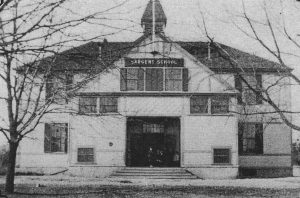
The Sargent School, originally known as the Cross School, was built in 1884 on Cross Street. It was renamed the Sargent School in 1908. In 1897, the school had an enrollment of 117 students, which was quite surprising for the time. The Sargent School closed its doors in 1981, and today, the building serves as senior housing. (Photo from the Kennedy Collection)
WESTFORD SCHOOLHOUSES STILL IN USE
WESTFORD ACADEMY
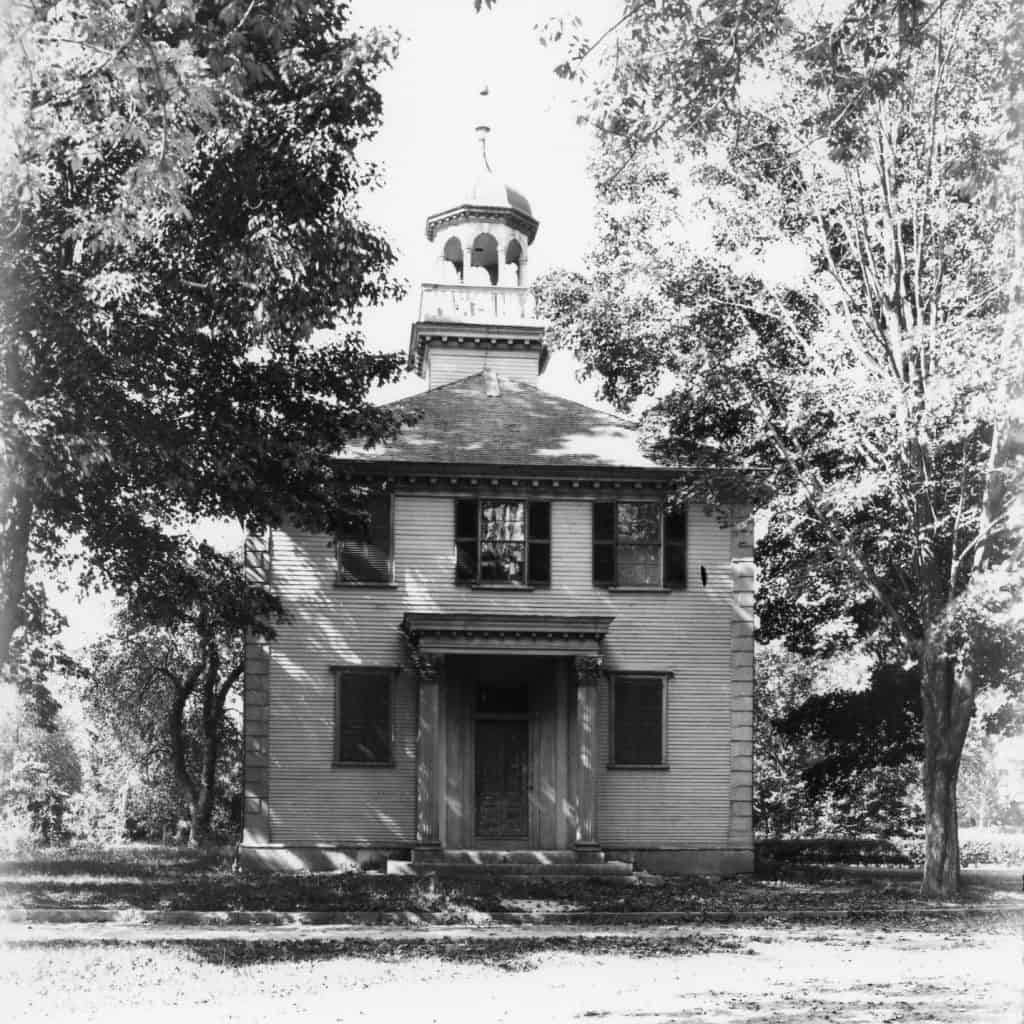
The first Westford Academy was building built in 1794 on the corner Boston Road of Main Street, the building was moved in 1907 to its present location at 2 Boston Rd and today serves as the Westford Museum.
More on the history of Westford Academy here
The second Westford Academy building is now Roudenbush Community Center on Main Street . The third Westford Academy building is now the Abbot School on Depot Road. The fourth (and current) Westford Academy build is located on Patten Road
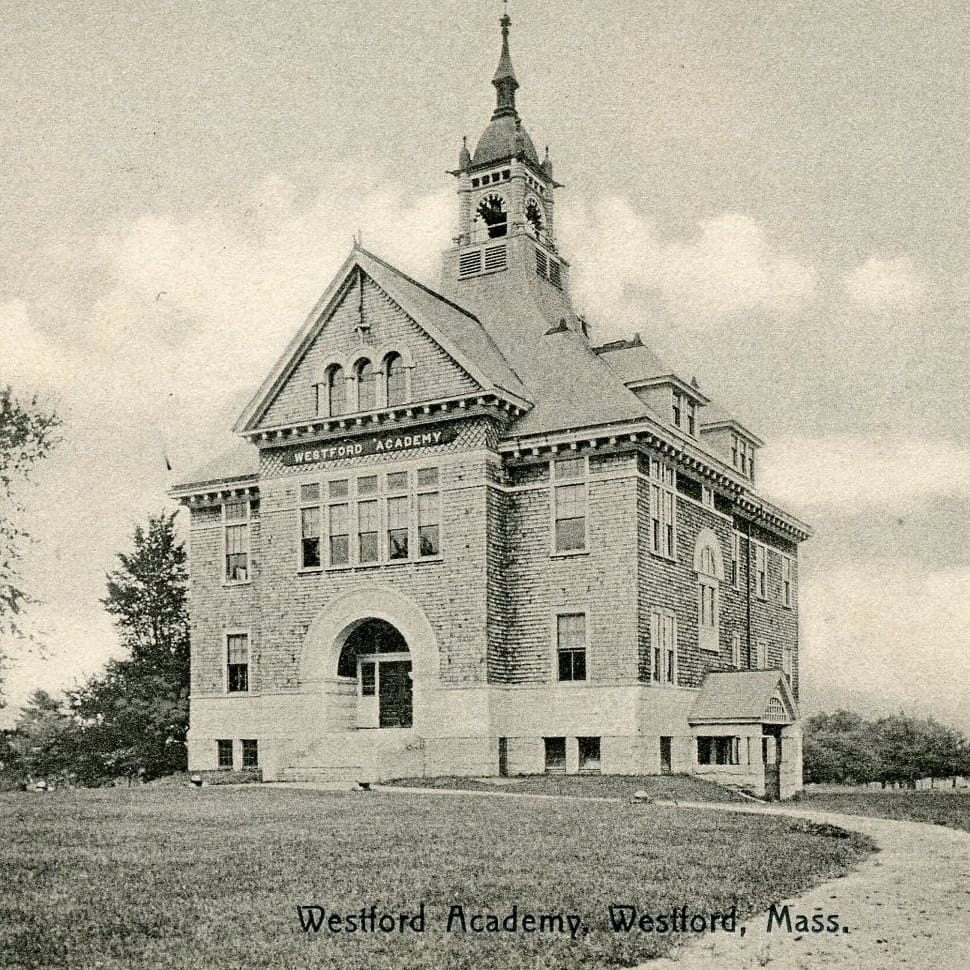
Westford Academy outgrew its original building, and in 1897 a second Academy building was constructed on Main Street. The highly ornamented building, designed in a late Victorian Richardsonian Romanesque style, is unique in Westford. The ell at the back of the building was added in 1928, the year the town purchased the Academy from the Westford Academy Board of Trustees. The building now serves as the Roudenbush Community Center, located at 65 Main Street.
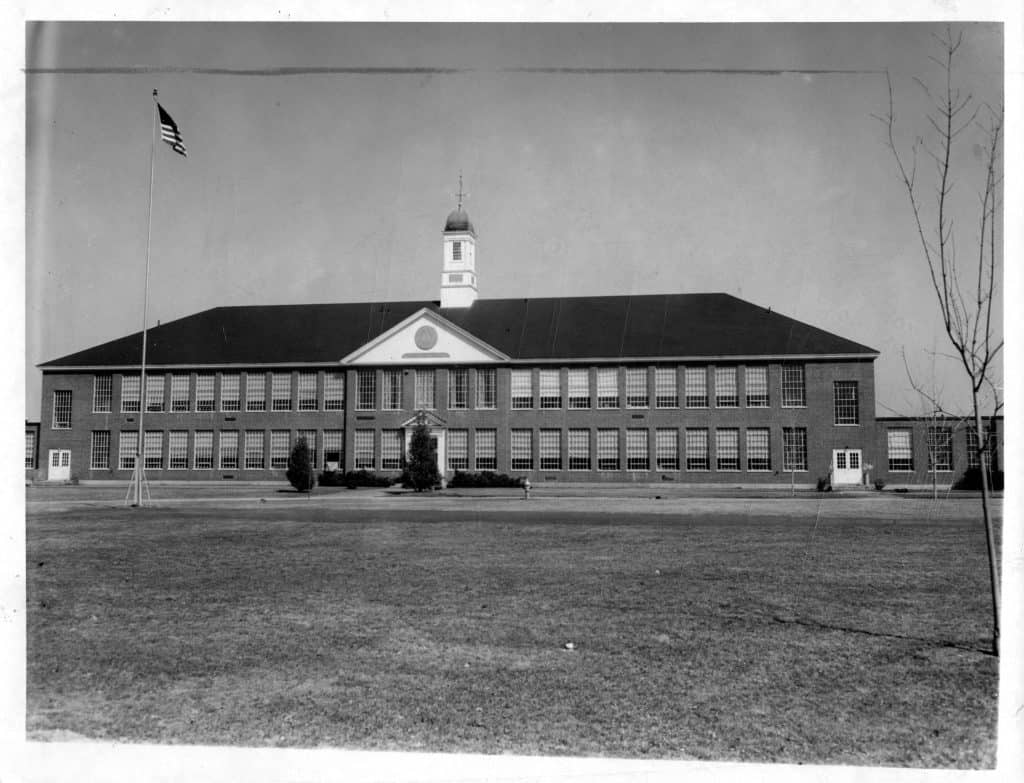
The third Westford Academy building, now Abbot Elementary School, was built in 1955 at 26 Depot St. Westford.
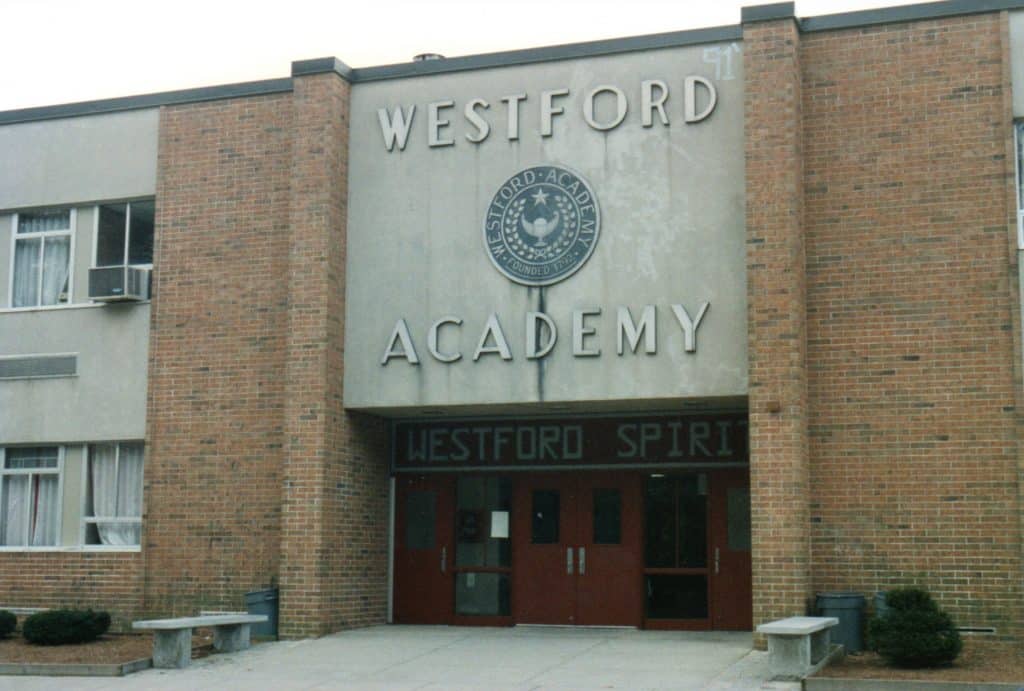
Followed by the fourth in 1973, with a significant enlargement in 2000/01. Located at 30 Patten Rd, Westford
OTHER SCHOOLS
Nashoba Valley Technical High School opened in 1969. Other new schools were the new Nabnasset School (1960), Norman E. Day School (1965), and Col. John Robinson School (1970), followed by the Lloyd G. Blanchard School (1992), John Crisafulli and Rita Edwards Miller Schools (2002), and the Stony Brook Middle School (2003).
